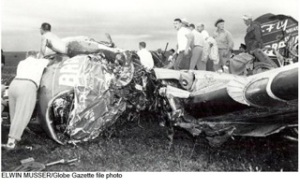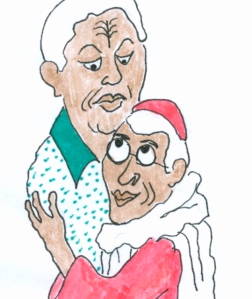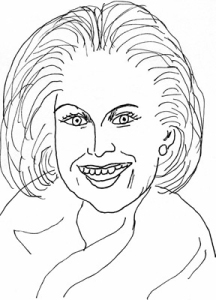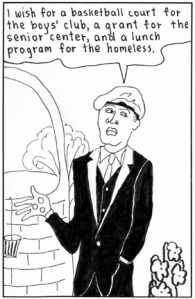In one story in The Enneagram of Death – Helpful Insights by the 9 Types of People on Grief, Fear, and Dying, a little girl’s father was shot and killed; her mother never spoke of her husband again and the child was not soothed or helped through the grieving process. She worked hard to transcend the experience as an adult, however, with much success. In another, a little girl and her siblings reacted to their father’s death by bullying one another. She, too, continues to surmount the difficulties of her past.
In this true story, one of seven in the chapter on Enneagram type 2, Elayne Savage lost both her mother and grandmother in an airplane disaster. Dr. Savage is a Helper type with an Achiever wing, a practicing psychotherapist, workplace and relationship coach, and author of Don’t Take It Personally! Breathing Room-Creating Space to Be a Couple. As a Helper type, she uses her life experience, including her innovative method of healing her grief, to help others.
There is to be No Grieving
On August 22, 1954 my mother was accompanying my grandmother to the Mayo Clinic in Rochester, MN. They never arrived.
During the long layover in Des Moines, my mom learned a Braniff flight would depart earlier than her scheduled flight. What she didn’t know was the Braniff flight was a “puddle jumper,” stopping at every city en route, and a fierce storm was approaching. The Mason City flight controller instructed the pilot not to land. He decided to try anyway.
The plane with sixteen passengers and three crewmembers on board crashed into a cornfield in Swaledale, Iowa, just south of Mason City. The pilot and co-pilot died. The flight hostess and six passengers survived. Debris from the crash was spread along a line of more than 500 feet.
I was twelve years old. My brother Lee was nine.
The Long Wait for News
We waited into the evening for my mom to signal us from Rochester saying they had arrived safely. I was looking forward to our little phone company trick where she’d place a person-to-person call for “Aloysius.” We’d say, “Sorry, Aloysius is not here,” then we’d giggle about how we got away with something.
But the call never came.
I was absorbed in the sewing project on my lap, not paying much attention to the TV news. I had just returned from overnight camp where all the girls except me were wearing embroidered cutoffs. My dad said they cost too much to buy, so I was embroidering my own.
I heard the announcer’s ominous voice; “A Braniff DC-3 went down during a storm … on a farm … near Mason City, Iowa.” My dad jumped up, muttering something about Braniff not being the right airline. Then he was on the phone for a long time.
I just sat there, stitching. And thinking about that morning when I had acted badly toward my mother. Overnight camp was my first time away from home. I’d missed my mom terribly and couldn’t wait to tell her about my experiences.
As soon as I arrived home she announced she’d be leaving on a plane the next day with my grandmother. So what if my grandmother needed medical tests at the Mayo Clinic? Why did it have to be my mother who took her? I wanted to hug my mom and say, “I need you, please don’t go.” Instead, as they were leaving for the airport I screamed, “I hate you—I wish you were dead.”
End of Part I
Read Part II on August 28: “There was no place to have feelings.”
http://www.QueenofRejection.com
Dr. Savage’s blog: www.TipsFromTheQueenOfRejection.com
Find out more about The Enneagram of Death by Elizabeth Wagele.
If you are a fan of my books and my blogs, I would appreciate it if you would subscribe to this blog and my Psychology Today blog and link your web site to mine: http:www.wagele.com
Elizabeth Wagele




